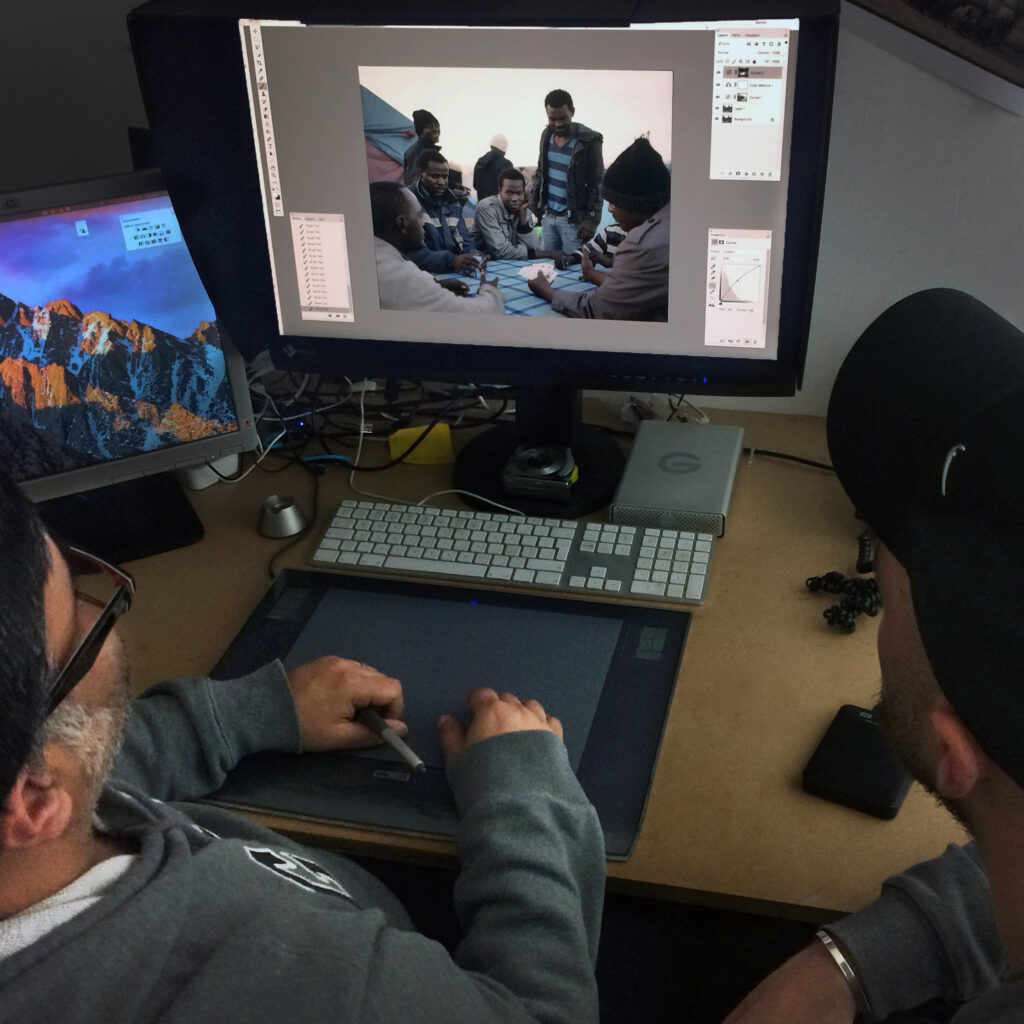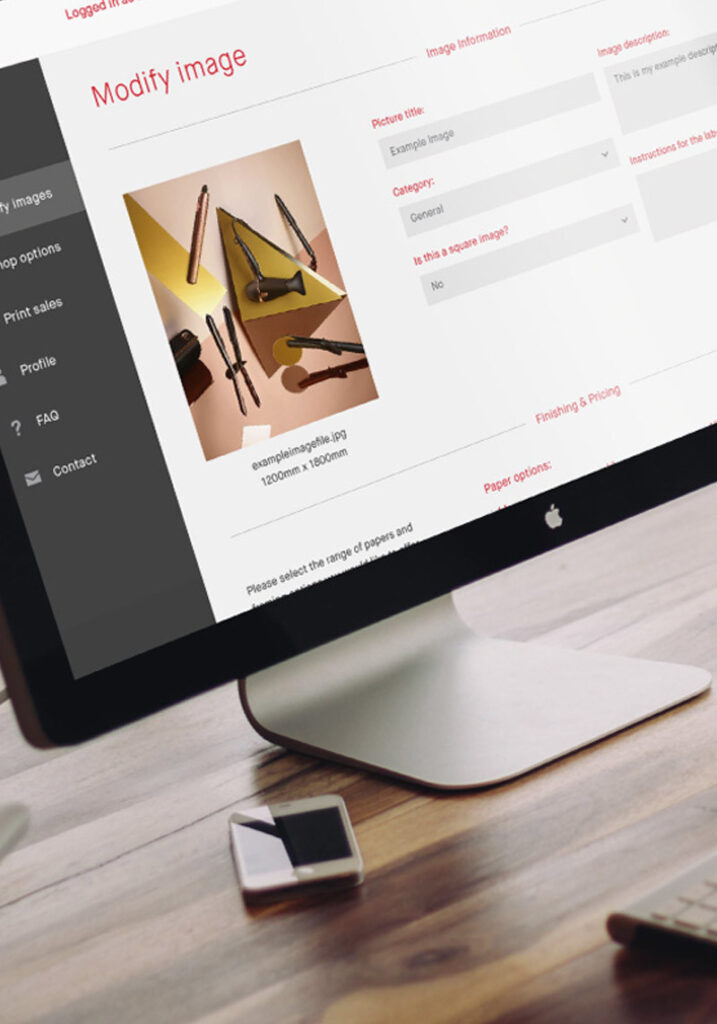Whether it’s for large scale exhibition printing, gallery catalogue use or online publication or website – understanding which image files work best for your visual art and photographic works can make life a whole lot easier as well as save you some time and money.
There are many image file types out there so it can be tricky to know which works best for your image production. Some image types such as TIFF are great for printing while others, like JPG or PNG, are best for web and social media.
Here’s a handy list of common image file formats and what medium they are most suited for.
TIFF (.tif, .tiff)
TIFF or Tagged Image File Format are lossless images files meaning that they do not need to compress or lose any image quality or information (although there are options for compression), allowing for very high-quality images but also larger file sizes.
Ideal For: High quality prints, professional publications, archival copies.
JPEG (.jpg, .jpeg)
JPEG, stands for Joint Photographic Experts Groups, where the image is compressed to make a smaller file. The compression does create a loss in quality but this loss is generally not noticeable. JPEG files are common for both online use as well as physical printing (non-professional or small prints).
Ideal For: Web Images, catalogue or book printing, small art prints, digital display, social media.
RAW (.raw, .cr2, .nef, .orf, .sr2, and more)
RAW images are images that are unprocessed that have been created by a camera or scanner. Many digital SLR cameras can shoot in RAW, whether it be a .raw, .cr2, or .nef. These RAW images are the equivalent of a digital negative, meaning that they hold a lot of image information, but still need to be processed in an editor such as Adobe Photoshop or Lightroom.
Ideal For: Digital artworks when being prepared for printing and high-end production.
PSD (.psd)
Photoshop Documents are files that are created and saved in Adobe Photoshop, the most popular graphics editing software ever. This type of file contains “layers” that make modifying the image much easier to handle. This is also the program that generates the raster file types mentioned above.
Ideal for: Digital artworks when being printed or post processed for online publication.
PNG (.png)
PNG or Portable Network Graphics files are a lossless image format originally designed to improve upon and replace the gif format.
Ideal For: Web / social media use.
EPS (.eps)
An EPS or Encapsulated PostScript file is a common vector file type. EPS files can be opened in many illustration applications such as Adobe Illustrator.
Ideal For: Vector artwork, illustrations, logos.
We have a variety of services to work around your abilities and budget, form Bespoke appointments with technicians to quick and easy online Self- Service, we will endeavour to get the best form your image files. See which one of our professional services works best for you.






